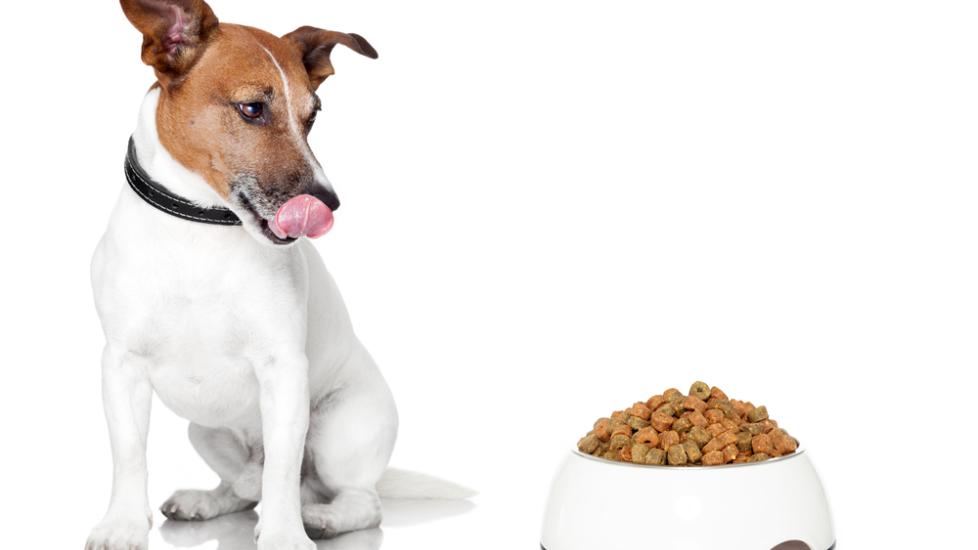6 Healthy Treat Ideas for Dogs
By Elizabeth Xu
There are many reasons people give their dog treats, from training rewards to something to keep them occupied for a bit. No matter the reason, your dog is likely to be happy to have something tasty to munch on. As fun as treats can be though, dog owners should be aware of how many treats they’re giving—and realize that the treats aren’t actually necessary, experts say.
“Due to obesity, I advocate feeding both dogs and cats high quality, nutrient rich balanced diets with appropriate calorie contents to support and maintain a healthy weight and do not advocate giving treats,” says Dr. Rachel Barrack, DVM, a veterinarian and veterinary acupuncturist at Animal Acupuncture.
Dr. Amy Farcas, DVM, a veterinary nutritionist with Veterinary Nutrition Care in California, agrees that treats are unnecessary but knows that dog owners don’t necessarily see it that way: “A lot of people think they’re important for bonding with their pet and they’re an important part of life and what they do with their pet together.”
Farcas recommends that people really think about the treats they’re giving and says they can be appropriate for activities like dog training or agility.
“I think it’s helpful to think about why you’re using treats and what message you intend and what behavior you want to reinforce,” she says. “If you give treats willy-nilly all over the place for no apparent reason, that can be detrimental because you may be giving too many treats and your pet may become overweight, but you also lose the opportunity to set up certain [behavioral] expectations.”
Here are six treat ideas for your pup:
Peanut butter popsicles
If warm months have your pup feeling a little overheated, this cool treat will probably help. The Humane Society recommends mixing one cup of peanut butter (unsalted and unsweetened, ideally) with half a mashed banana and some water. Freeze the mixture on wax paper or in a toy like a Kong and give to your dog when frozen.
Apples
Apples can provide vitamin C, fiber, and calcium, the AKC says. Just be careful to limit your dog’s intake, cut up the apple, and remove the seeds and core.
Farcas says there’s another plus side to treating dogs with fruits and vegetables: fewer calories. “Often giving fresh fruits and vegetables is fewer calories than providing cookie-type, commercial treats,” she says. “Since there’s a tendency to over-provide treats to our pets and there’s a trend of obesity in our pets, I think that is an important concern.”
Blueberries
Blueberries are the perfect treat size for any size dog. They offer healthy antioxidants and vitamin C, according to the AKC.
Carrots
It makes sense that dogs might like fruits, thanks to their natural sweetness. But what about vegetables? The AKC says that carrots can be a good choice due to their vitamin A and fiber content. Most dogs will eat carrots raw or cooked, but be sure to cut raw carrots up so they’re not a choking hazard.
Sweet potato jerky
If you’re searching for a treat that’s a little more like what you’d find in stores, the Humane Society might have the answer with this sweet potato jerky recipe. Simply scrub the potatoes clean and cut into ½-to 2/3-inch strips and bake in an oven set to 225 F for three to four hours.
Commercial treats
If you don’t want to feed your pup people food, there’s not necessarily anything wrong with commercial treats. Farcas says that because treats aren’t necessary for a balanced diet, there’s nothing that necessarily constitutes a “healthy” treat.
Be sure not to over-treat
No matter what type of treat you choose, Farcas says to make sure treats don’t make up more than 5-10 percent of your dog’s diet. Though the foods on this list aren’t known to cause problems for dogs, keep in mind that you should discuss any dietary concerns with your veterinarian and know that they might have a different outlook on feeding certain foods to dogs.
“Although sometimes sharing whatever you’re eating with your dog and cat is tempting it isn’t really in their best interests,” Barrack says. “People food is often too rich and seasoned and can wreak havoc on the canine and feline digestive tracts.”
